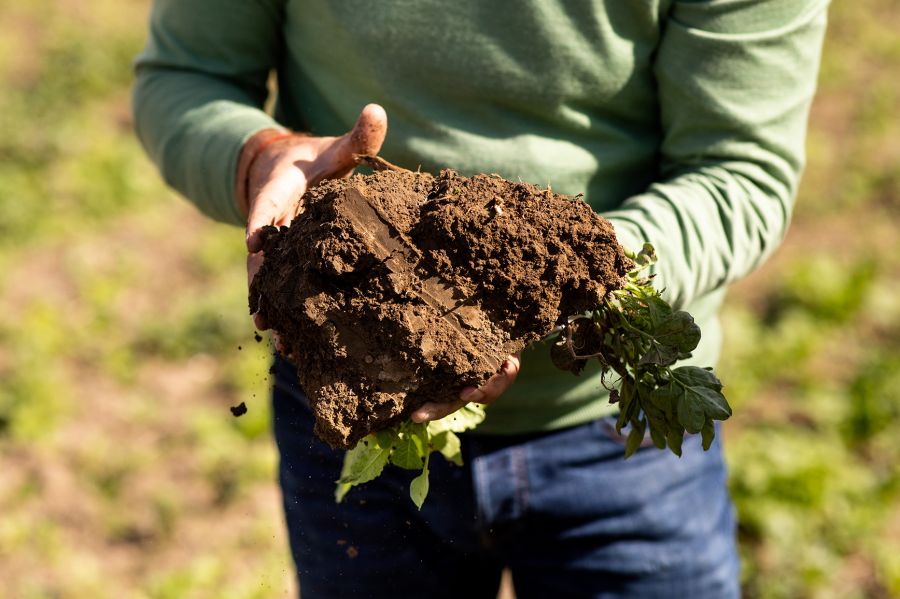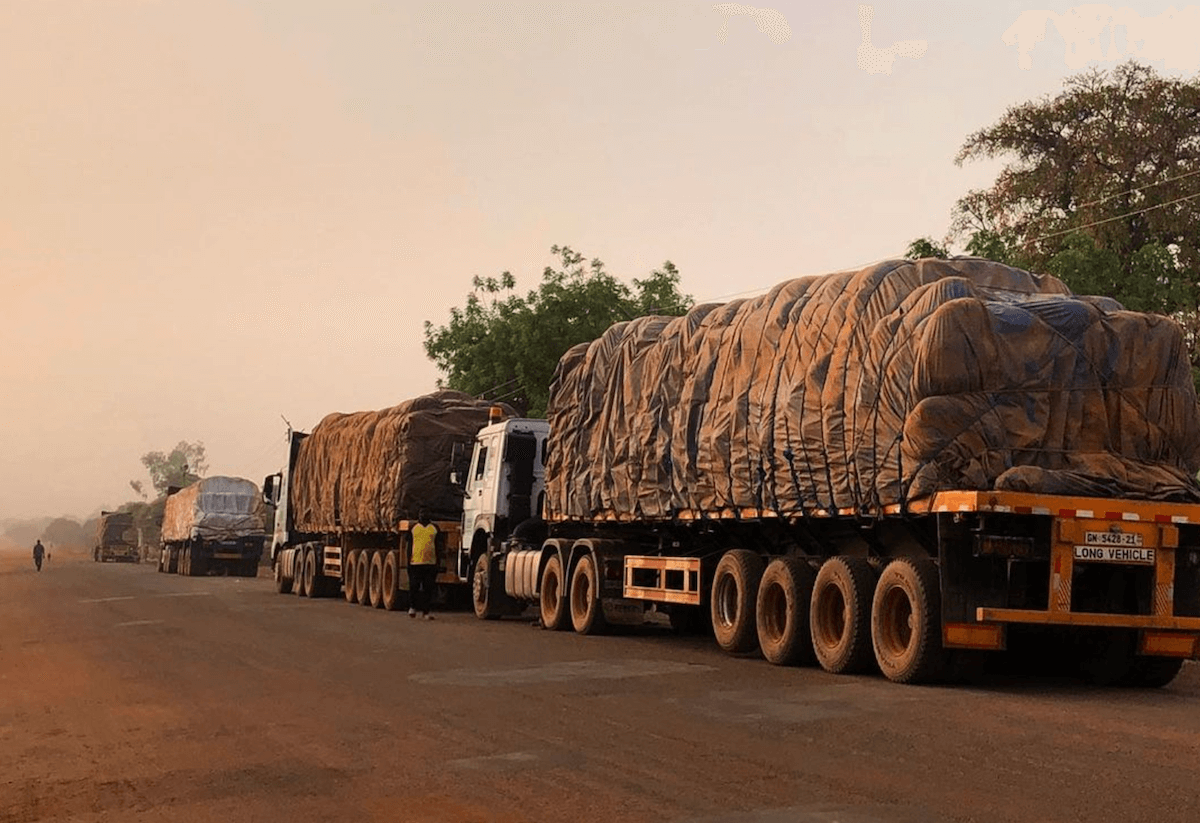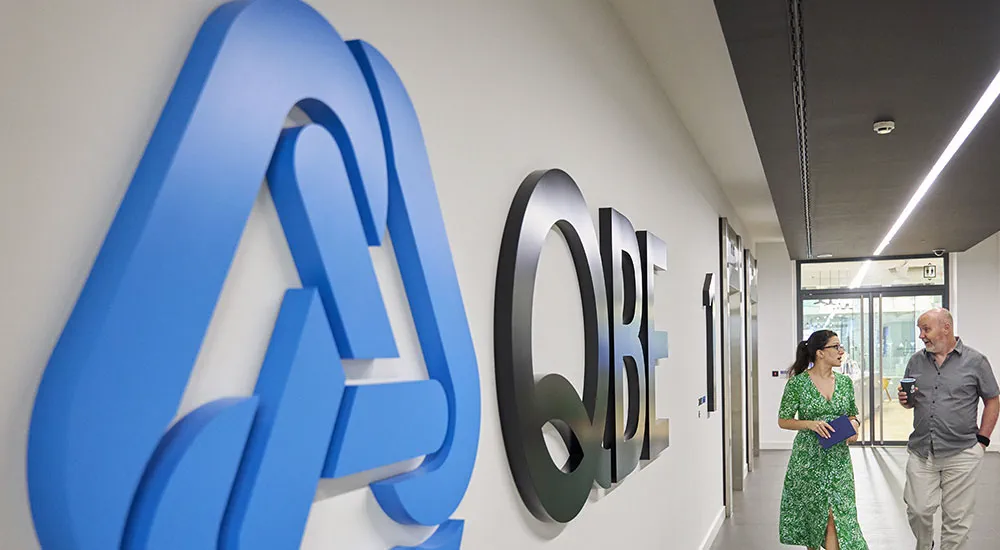The investment momentum into regenerative agriculture is undeniable. In 2018, there was $49 million of investment capital going to companies in the space. By 2020, that had grown to $1.3 billion.
Yet in the U.S. alone, more than $700 billion in investments will be needed over the next 30 years to scale the regenerative agriculture market — generating as much as $10 trillion in net financial returns. And while there is an active community seeking to transition agriculture towards regenerative approaches, many mainstream financiers and large farmers have barely heard of regenerative agriculture.
A new paper from CREO Syndicate explores ways to unlock such investments. CREO (for clean, renewable and environmental opportunities) is a community of investors that includes more than 100 wealth owners and family offices with a mission to catalyze private capital into solutions to some of the world’s most pressing environmental challenges, including climate change. CREO’s members consistently ranks regenerative agriculture at or near the top of climate topic requests.
While the term might lack a consistent definition, regenerative agriculture consists of practices that increase carbon in the soil and otherwise improve soil health, protect and restore native habitat and biodiversity, eliminate harmful inputs, support grower livelihoods and enhance human and animal welfare.
The CREO community is aspirational in the potential scale for regenerative agriculture and pragmatic in understanding the imperative to bring more dollars to achieve those aspirations. It will take sustained leadership to create financial pathways to evolve agricultural practices to be more regenerative.
White spaces
Speaking the language of investors, the paper draws on insights gathered over 11 months of data collection and 90+ interviews with investors, fund managers, practitioners, and academics. The paper can help investors get up to speed on regenerative agriculture and the avenues towards generating financial returns while enabling the transition in agriculture that climate scientists, among others, say is needed.
Capital from several sources is ready to flow to the field. Managers of 48 different funds have raised more than $3.9 billion, much of it since the start of 2020, for regenerative agriculture. A survey of major institutional investors and agriculture practitioners with explicit commitments to regenerative agriculture found that they have allocated, respectively, $3 billion in financing and at least $1.8 billion in internal spending or investing. There are dozens of corporate and institutional investor commitments to natural capital or sustainable farming that include regenerative agriculture.
The new paper identifies five “white spaces” for investment to unlock regenerative agriculture, places within the value chain where there is a need for investment capital in particular asset classes, where financial returns are viable, and where success enables regenerative agriculture to scale:
- Inputs, biologics, and seeds. Microbial fertilizers, biopesticides, biologics, and new seed varieties, along with the platforms to discover them, are technology investments that can help growers to transition from incumbent practices towards regenerative systems.
- Carbon tools and markets. Revenue from reliable soil carbon markets can underwrite regenerative practices if there are accurate, usable tools, tested metrics, and consistent frameworks.
- Novel financing frameworks. Growers need access to time-sensitive capital, tied to the right incentives, to support the transition of existing farmland to regenerative systems. New financial schemes can help.
- Processing, storage, distribution development. As farmlands transition to regenerative systems, the creation of regional and identity-preserved processing, storage, and distribution infrastructure requires investment in real assets.
- Consumer connection. To support premium prices and increase demand that boosts investment returns, consumers need to better understand the benefits of regenerative agriculture.
The paper also includes representative lists and examples of how investment dollars are flowing right now, including specific funds and companies getting money and what they are doing with it. Commercial-rate investors have access to opportunities in real assets for traditional farmland conversion to regenerative management (e.g., Clear Frontier Agriculture Management); financial loan platforms for smaller farms or pooled projects, like Steward; carbon market platforms such as Nori, processing and distribution platforms connecting growers and buyers (for example, Soil Heroes), and companies and technologies that simplify the transition process through better data management, such as Trace Genomics, or improved land management like Vence.
Grants and concessionary capital from philanthropic and blended finance actors will be key to advocacy campaigns, non-profit agriculture programs, and pilot projects that can experiment with and scale novel regenerative agriculture investment models. The paper includes a go-to list of the leadership community of practitioners in and around financing regenerative agriculture.
It is also certain that investment dollars are not the only thing that will define the future opportunity space for regenerative agriculture. There is an existing set of stakeholders and an incumbent way of doing agriculture, so there is a need for policy support, philanthropy, and creative thinking too.
Daniel Matross, PhD, is CREO’s global head of research responsible for overseeing CREO’s research program and managing strategy work.
CREO is a “cradle to scale” platform for families, high net worth investors and other asset owners interested in collaborative education and investing in environmental, clean technology and related marketplaces.











